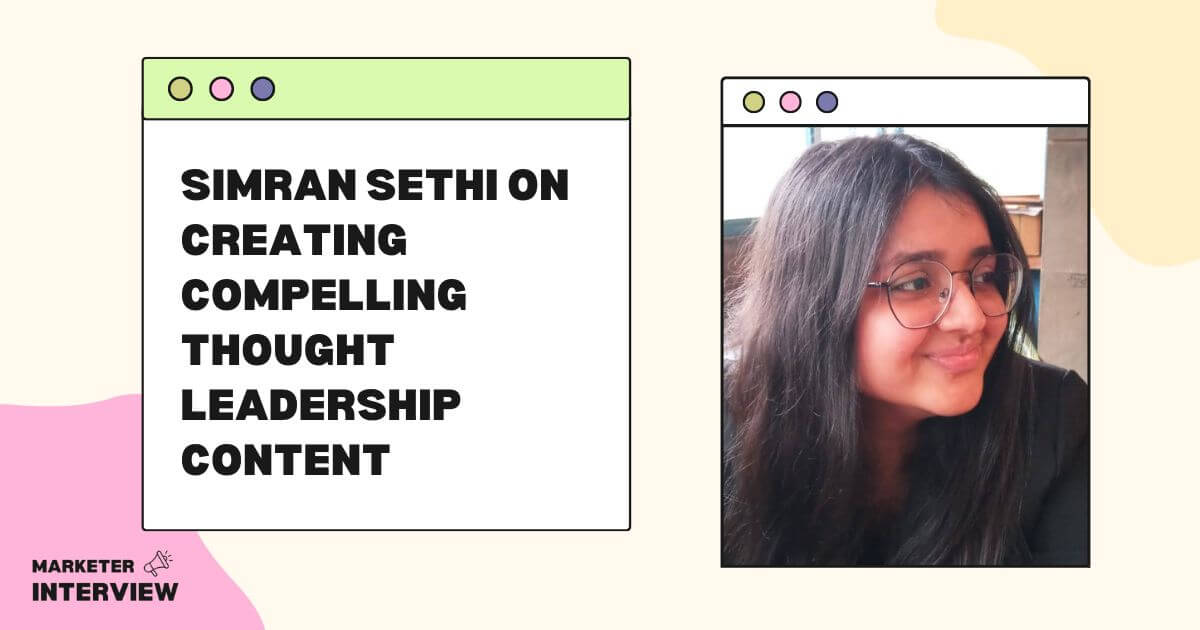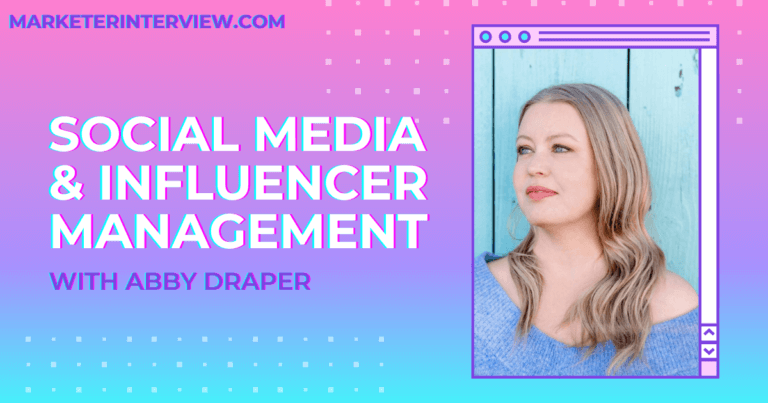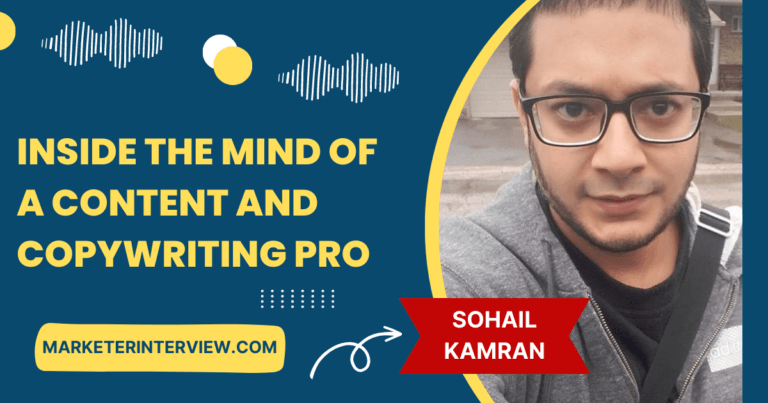Simran Sethi on Creating Compelling Thought Leadership Content
In this interview, Simran Sethi, a content marketer at Axelerant, shares insights into the world of thought leadership content.
Simran discusses how she got into marketing, what inspired her to specialize in thought leadership content, and the key elements that make up a compelling thought leadership piece.
She also talks about measuring the success of thought leadership content and how to ensure it remains current and relevant in an ever-evolving industry landscape.
Let’s dive in!
Contents
- 1 Can you tell us about your journey into the marketing world and how you became a content marketer at Axelerant?
- 2 What inspired you to specialize in thought leadership content, and how do you define this type of content?
- 3 Can you share an example of a successful thought leadership content campaign you’ve worked on and what made it so effective?
- 4 How do you research and identify relevant and engaging topics for your target audience when creating thought leadership content?
- 5 What are the essential elements that you believe make up a compelling thought leadership article or piece of content?
- 6 Can you talk about the role of data and metrics in measuring the success of thought leadership content? What metrics do you typically use to evaluate the effectiveness of your content?
- 7 How do you ensure your thought leadership content remains current and relevant in a constantly evolving industry landscape?
- 8 Can you discuss the formats in which thought leadership content can be presented? Which formats do you find most effective for your audience?
- 9 How do you collaborate with industry experts and influencers to create thought leadership content that provides valuable insights to your audience?
- 10 Finally, what advice would you give aspiring content marketers seeking to specialize in thought leadership content, and what are the critical skills and traits needed to excel in this field?
Can you tell us about your journey into the marketing world and how you became a content marketer at Axelerant?
I have always loved reading and writing. So, when the time came to choose a profession, copywriting seemed obvious.
When I started as a copywriter, it didn’t take long for me to be intrigued by other aspects of marketing. Of course, a large part of my job still includes technical writing, but over time, I have also picked up content strategizing, ads, and social media marketing.
What inspired you to specialize in thought leadership content, and how do you define this type of content?
Thought leadership is about delivering authentic content that uses thought leaders’ expertise, insight, and experience to provide value to the audience.
It can include having something unique or different to say. It can also be about providing the best answers to the questions.
What inspired me to write thought leadership content is that I get to go in-depth on topics you can’t just google and get answers to. I like to think of those research trips as searching for truth and weaving it in a manner that provides value to my audience.
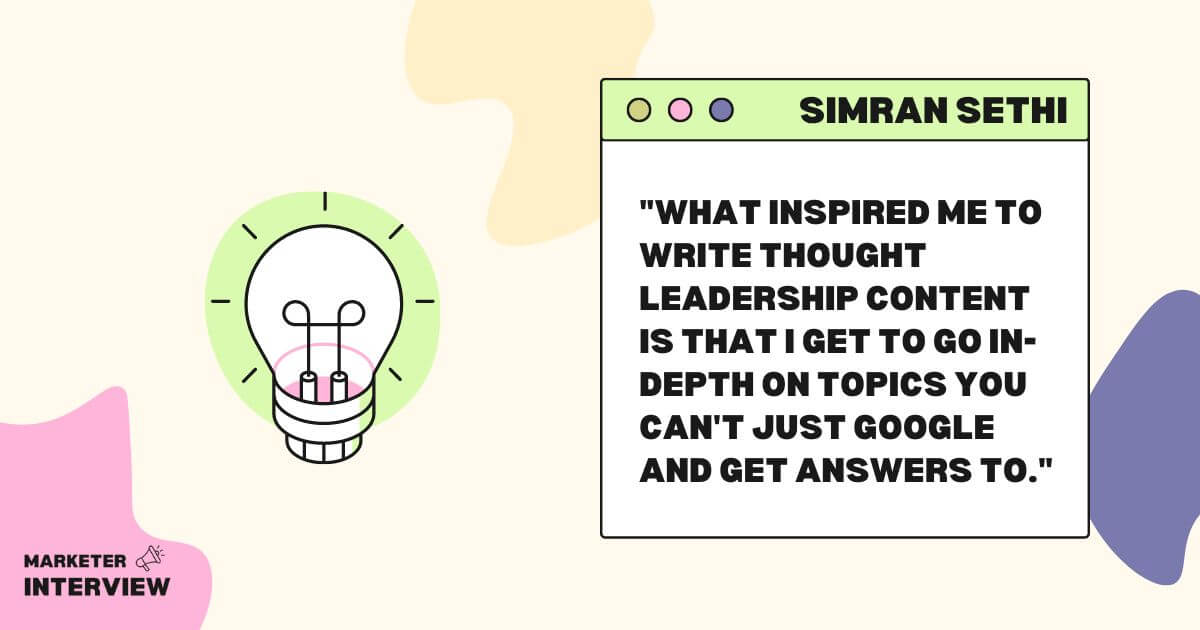
At Axelerant, we started writing about digital experience platforms almost a year ago. The first introductory campaign began by answering the most obvious questions:
This campaign ranked quickly and generated a buzz within the community.
Now, almost everyone is talking about composable architecture within the tech community.
How do you research and identify relevant and engaging topics for your target audience when creating thought leadership content?
I keep my ears close to the ground when researching and identifying topics. I have regular syncs and meetings with thought leaders within the sphere where we discuss anything and everything.
Once something seems important, I quickly check the search volume and metrics to consider the impact of writing on that topic. If it passes the quality check (which includes identifying if we have anything substantial, unique, or valuable to say), then that topic is processed further along the pipeline.
What are the essential elements that you believe make up a compelling thought leadership article or piece of content?
The most important element is if you have something valuable to say. Because if I can easily google the question and come up with the same answer in a thousand different places, then that’s not worth writing about. Once a high-level quality check is done, the content presentation becomes extremely important.
I like using images, graphs, diagrams, videos, and other media types to help my audience better understand the topic. The thought leadership blog must always be clear, crisp, and concise.
Can you talk about the role of data and metrics in measuring the success of thought leadership content? What metrics do you typically use to evaluate the effectiveness of your content?
Earlier, we looked at metrics like pageviews, traffic, click-through rates, page bounce rate, and average time spent on the blog. Now, we have a dedicated performance marketer who will also evaluate how the blogs influence customer journeys.
How do you ensure your thought leadership content remains current and relevant in a constantly evolving industry landscape?
I regularly review my thought leadership content to ensure it’s still relevant. This makes it easier to see if any edits, updates, or follow-ups are required.
Can you discuss the formats in which thought leadership content can be presented? Which formats do you find most effective for your audience?
Thought leadership content can be presented in blogs, videos, social media posts, webinars, checklists, and gated resources.
The format I find the most effective for my audience are blogs, social media posts, and checklists. This is not to say that I have not been experimenting with helping launch webinars and producing more gated content.
How do you collaborate with industry experts and influencers to create thought leadership content that provides valuable insights to your audience?
Reaching out to thought leaders during events, slack communities, or LinkedIn usually works. It’s a good idea to have regular sync calls with a few industry experts (these are often people working within Axelerant) and collaborate with experts outside the organization to get a lot of different opinions.
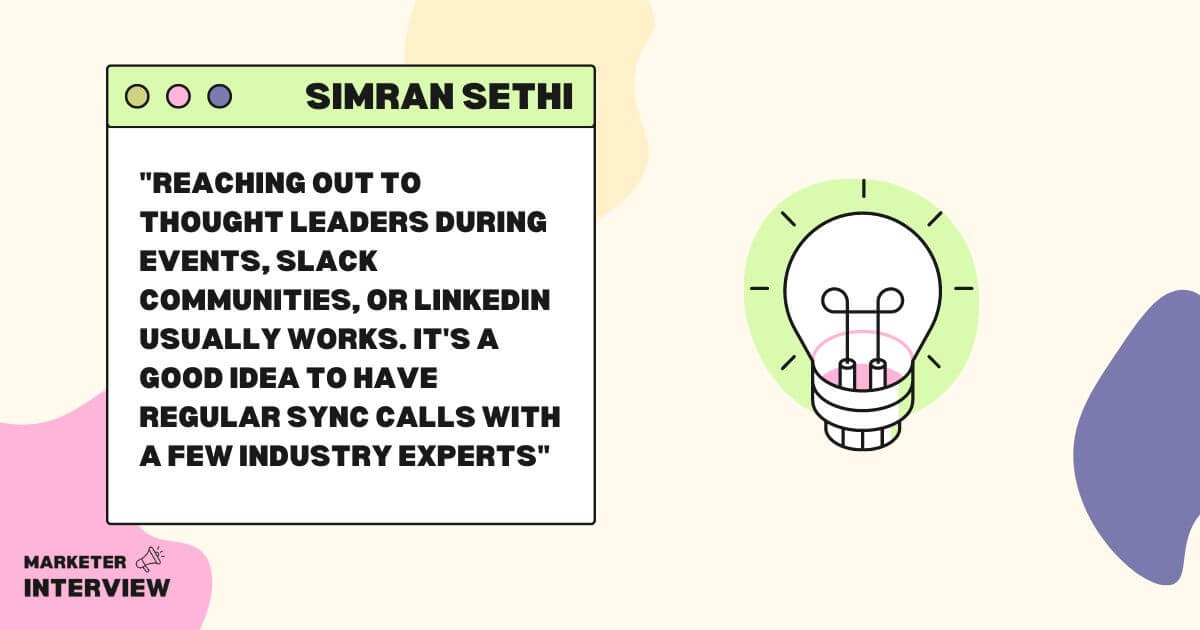
Finally, what advice would you give aspiring content marketers seeking to specialize in thought leadership content, and what are the critical skills and traits needed to excel in this field?
Content marketers seeking to specialize in thought leadership content must get good at research and reading between the lines. The essential skills and traits you need to excel in the field are curiosity and openness.
Always be critical of your thought leadership content because nothing should ever win over clarity. Every word you say should count.
